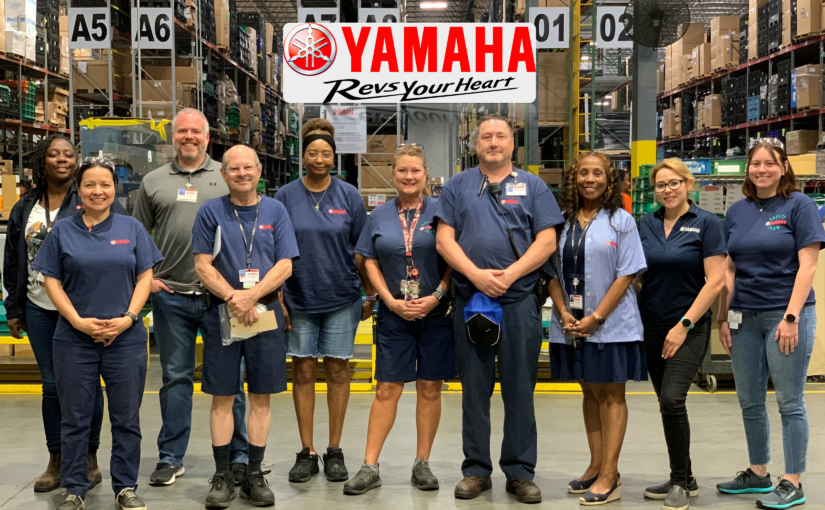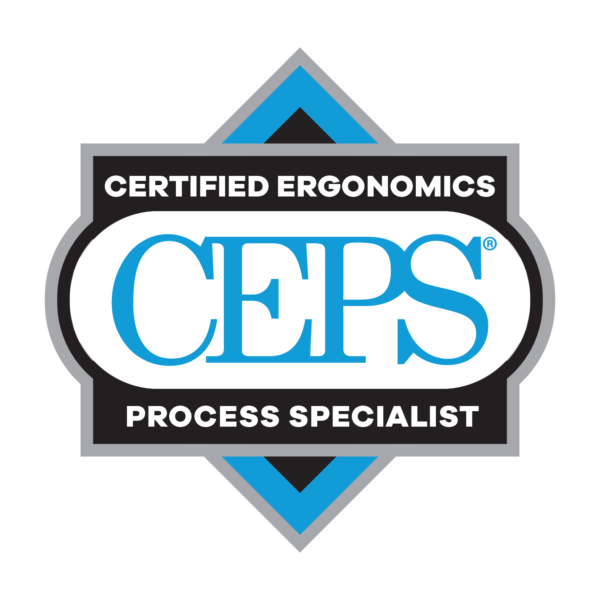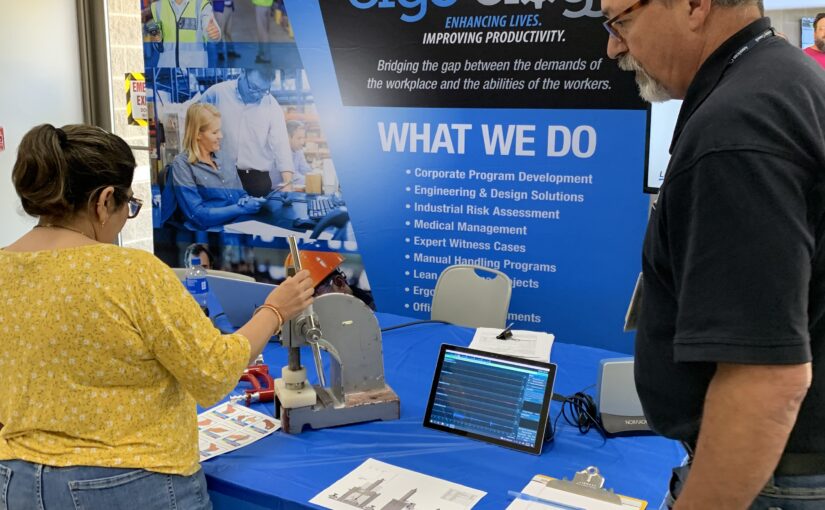Whether they realize it or not, athletes who engage in amateur or professional sports and “industrial athletes” have one thing in common—they are masters of science. That’s not to be confused with a graduate degree, nor does it imply an advanced knowledge of science. Rather, it simply means both types of athletes employ physiological, biomechanical and physics-based principals whether engaged in competition on the playing field or at work performing assigned tasks on the job.
In order to throw a 99-mph fastball, kick the winning field goal or deliver an entire truckload of packages, our athletes must create internal force by using muscle contractions to physically move about in their environment. A muscle alters its geometric state to create forces by concentrically shortening the muscle or eccentrically elongating it as a means of energy absorption from a larger opposing force. The properties within the muscle use energy to create these physical changes.
The energy required for a muscle contraction takes the form of adenosine triphosphate (ATP). Rather than go into detail about how phosphates are grouped, and about hydrolysis, and how partnering enzymes all work together to supply a unit of energy, we’ll focus instead on ATP as a whole. Think of it as the most basic element of performance for athletes.
All humans utilize ATP to perform. But there are huge differences between athletes in sports and industrial athletes, especially in the ways in which ATP is configured and the athlete’s overall ability to metabolize food to create or synthesize ATP. In addition, the task requirements (intensity and duration) also change the way we create energy through the chemical breakdown of food products and how we expend energy through movement.
Based on the tasks that Industrial athletes are required to perform—tasks with low intensity spaced over relatively longer durations–aerobic respiration is generally the method used to develop energy or ATP. In contrast, many athletes playing high-level amateur or professional sports are required to perform highly intensive activities for short bursts of time—a 100-meter sprint, for example. Runners and others engaging in athletic events use stored ATP derived from creatine phosphate (CP) or glycolysis for muscle contraction.
Over the course of our multi-part series of articles, we will explore key similarities and differences between athletes in sport and industry. Based on the established task requirements, we can already start to see differences emerging between the stress responses of the sport athlete and industrial athlete at the most basic level of performance. It’s fascinating to see how the human body responds and adapts to the demands of its environment. Stay tuned for the next installment coming in February, 2018. For prior blogs in this series, refer to www.ergo-ology.com and click the resources tab.

Yamaha leaned into Ergo-ology’s ELP® (ergonomics leadership program) at the start of 2022 with hopes of engaging employees, developing a Read more

We are pleased to announce the United States of America has granted Ergo-ology permissions to certify in #ergonomics with the Read more

Employees complete tasks, many of which require physical labor, every day. These actions range from sitting in a chair to Read more